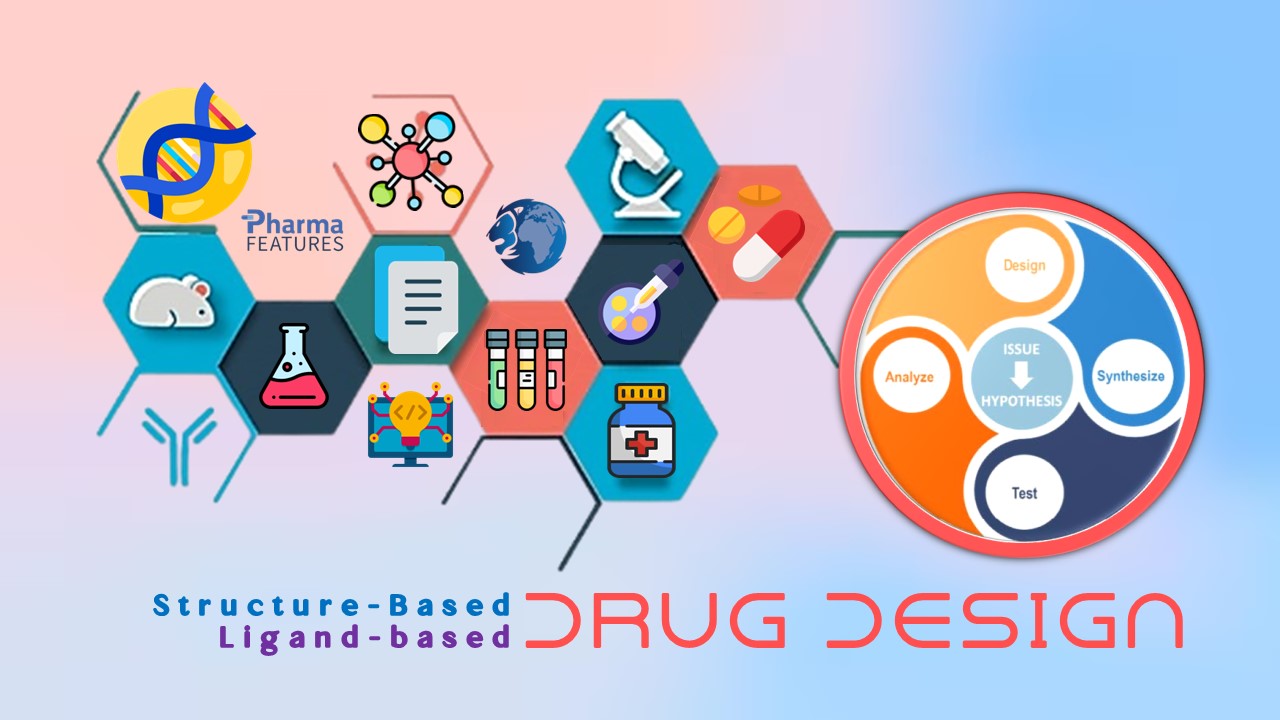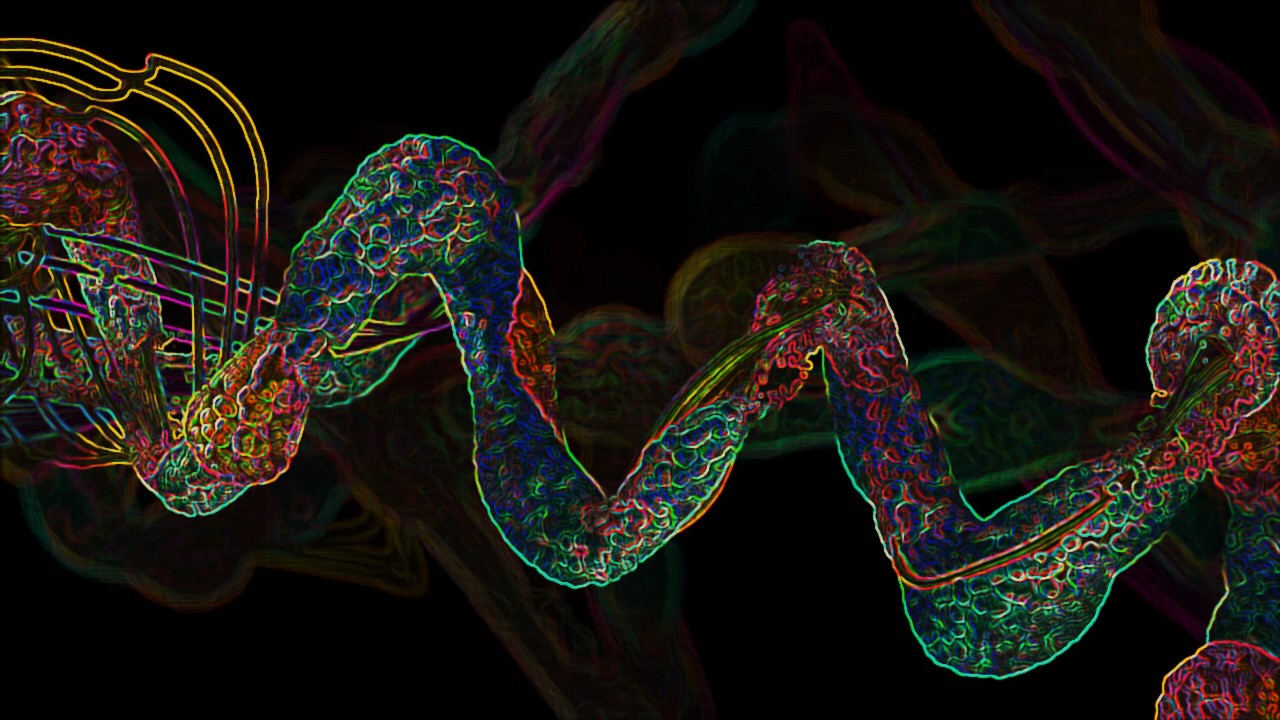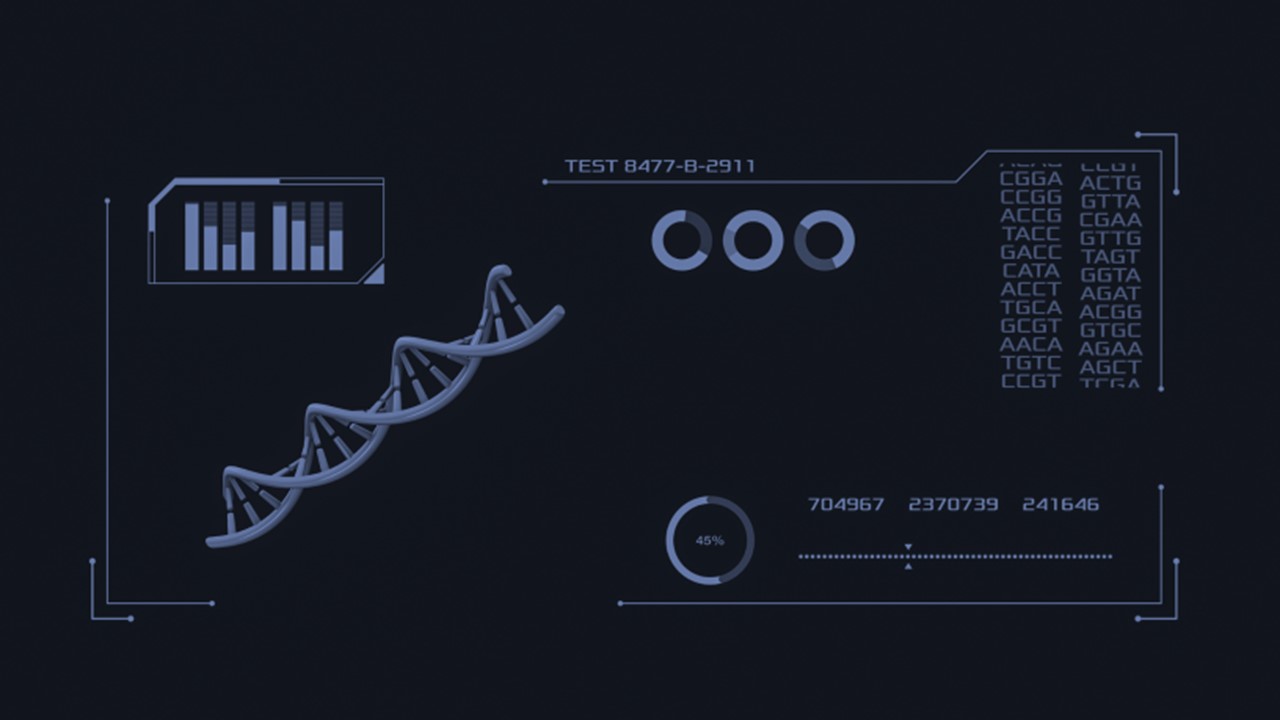The human body is a marvel of biological complexity, with each individual embodying a unique combination of traits, functions, and behaviors. These observable characteristics, collectively known as the phenotype, are not only the outward manifestations of our genes but also reflections of our environment and experiences. In the realm of biology, the term “phenotype” encompasses a broad spectrum of attributes, including morphology, cellular physiology, organ function, and even gene expression patterns triggered by environmental cues. However, in the medical context, “phenotype” often conveys the deviation from normal in morphology, physiology, or behavior, which serves as a crucial diagnostic indicator for physicians.
One of the core responsibilities of medical practitioners is to meticulously observe and assess the phenotypes of their patients. Whether through medical history-taking, physical examinations, diagnostic imaging, laboratory tests, or psychological evaluations, the goal remains the same: to arrive at a precise diagnosis. This process lies at the heart of medicine, where the observation of phenotypes generates diagnostic hypotheses, subsequently tested through treatment regimens. In this intersection of medicine and science, the aim is to formulate accurate diagnoses as swiftly as possible, although this can be particularly challenging for rare diseases.
Challenges in Diagnosing Rare Diseases
The realm of rare diseases, a category comprising over 8,000 named conditions with countless more awaiting discovery, exemplifies the intricate diagnostic challenge physicians face. Astonishingly, in a survey focused on relatively common rare diseases like Marfan syndrome, it was discovered that 25% of patients endured diagnostic odysseys spanning 5 to 30 years, with initial diagnoses proving erroneous in 40% of cases. The predicament only worsens for even rarer diseases, where delayed or inaccurate diagnoses lead to a cascade of clinical problems. These issues include deferred treatment, superfluous diagnostic procedures, and the profound psychological burden placed on patients and families due to persistent uncertainty regarding the nature and prognosis of their ailments.
Deep Phenotyping: Precision in Description
In the medical field, the quality of phenotypic descriptions often leaves much to be desired, with imprecise or vague terminologies obscuring the nuances of a patient’s condition. These inadequacies hinder cross-center comparisons and compromise the integrity of scientific studies. For instance, phrases like “myopathic electromyography” lack the specificity required for meaningful comparisons or understanding of what was precisely observed.
Likewise, databases documenting gene mutations typically contain sparse or absent phenotype information beyond the fact that a disease was diagnosed in the mutation carrier. This limitation does little to elucidate the natural history of a disease, its range of complications, or genotype-phenotype correlations, all of which hold immense clinical significance.
The Value of Precise Phenotypic Analysis
So, why should we care about a meticulous analysis of human phenotypes? The answer lies in the burgeoning field of personalized medicine, which aims to categorize patients into subpopulations based on disease susceptibility, molecular or phenotypic disease subtype, or responsiveness to therapy. The concept of precision medicine, offering tailored care to each individual, hinges on the stratification of patients into groups with shared biological underpinnings of disease, allowing tailored medical interventions.
Clinically relevant disease subclassifications inherently possess distinct phenotypes. This perspective goes beyond mere physical attributes, encompassing treatment responsiveness. Examples abound of actionable clinical findings made possible by precise phenotypic analysis. For instance, individuals with a familial history of thoracic aortic aneurysms and dissections due to ACTA2 mutations are at increased risk of premature coronary artery disease (CAD) and ischemic strokes. These insights prompt vigilant monitoring for CAD and occlusive cerebrovascular disease.
The Challenge of Predicting Clinical Course
A deeper understanding of clinical manifestations is essential for predicting individual clinical courses and determining responsiveness to treatment. Predicting whether patients with specific mutations linked to rare diseases will have mild or severe outcomes remains a challenge. Furthermore, the role of genetic modifiers in clinical course and treatment response remains largely unknown.
In a world awash with genomic data, the location of a mutation within the affected protein emerges as a crucial determinant of its effects. Missense mutations, for instance, often occur at interaction interfaces of proteins linked to corresponding disorders. This suggests that deep phenotype data when combined with burgeoning genomic information, holds immense potential in accelerating the identification of clinically actionable complications, disease subtypes with prognostic or therapeutic implications, and a more profound comprehension of human health and disease.
The Need for a Human Phenome Project
Despite calls for a Human Phenotype Project dating back to 2003, no comprehensive efforts have emerged to date, standardizing measures for capturing phenotypic disease manifestations and linking them to genotypes, environmental exposures, and treatment responses. However, the advent of computational tools offers hope for such an initiative. These tools can form the foundation for a Human Phenotype Project, which is increasingly necessary given the explosion of genotype data expected from DNA sequencing technologies in the coming decade.
Building a Foundation for Deep Phenotyping
Numerous groups and consortia have made significant strides in developing standards for capturing human phenotypic data. The Human Phenotype Ontology (HPO), encompassing over 13,000 terms and over 156,000 annotations to hereditary diseases, serves as a cornerstone for computational analysis of the human phenotype. It facilitates semantic links to disease genes, anatomical ontologies, biochemistry, pathology, and more.
Beyond terminology, common data elements catalog measurements, observations, and algorithms, ensuring standardized records in disease studies. Innovative approaches, such as three-dimensional digital imaging and shape analysis of the face, offer systematic phenotypic analysis, particularly in genetic conditions involving facial dysmorphism.
Joining Forces: Integrating Resources for Precision Medicine
Projects like the International Mouse Phenotyping Consortium are generating phenotypic data at an unprecedented scale, valuable for both human genetics and medicine. These initiatives bolster our understanding of human disease genetics and copy number variation diseases.
As genomics revolutionizes diagnostics and precision medicine, healthcare fields are poised for transformation. The intricate interplay between genomics and phenomics promises to redefine the practice of medicine. The advent of genomic diagnostics, including genome sequencing, simplifies the diagnosis of rare diseases while presenting new challenges and opportunities. This dynamic environment offers clinicians an exciting opportunity to delve deeper into the world of human genetics and genomics.
The So-Needed Bridge from Gene to Clinic
In the quest to unlock the mysteries of human health and disease, deep phenotyping emerges as a pivotal bridge between genotype and clinical outcome. As we navigate this transformative era of precision medicine, comprehensive phenotypic analysis stands as an indispensable tool, guiding us toward personalized therapies, accurate prognoses, and an enriched understanding of the intricacies of the human phenome. While the journey toward a Human Phenome Project unfolds, collaboration, standards, and innovative technologies will pave the way for a future where every patient receives tailored care, bringing us closer to the promise of precision medicine.
Engr. Dex Marco Tiu Guibelondo, B.Sc. Pharm, R.Ph., B.Sc. CpE
Subscribe
to get our
LATEST NEWS
Related Posts

Bioinformatics & Multiomics
Harnessing Computational Ingenuity for Tomorrow’s Therapeutics
Leverage computational power to navigate modern drug design.

Bioinformatics & Multiomics
Exploring Cutting-Edge Techniques in Protein Target Identification
From genetic screens in model organisms to chemical proteomics in mammalian systems, each approach offers unique insights into the complex landscape of drug-target interactions.
Read More Articles
Synthetic Chemistry’s Potential in Deciphering Antimicrobial Peptides
The saga of antimicrobial peptides unfolds as a testament to scientific ingenuity and therapeutic resilience.












